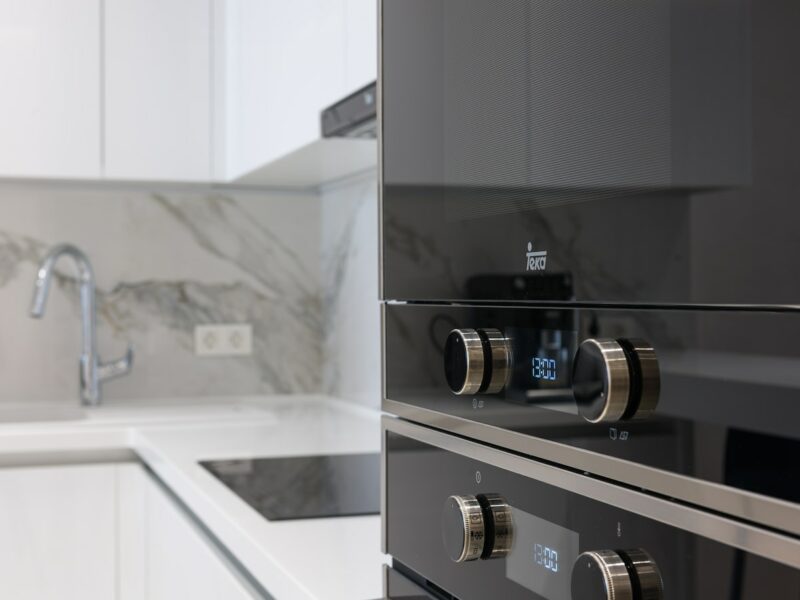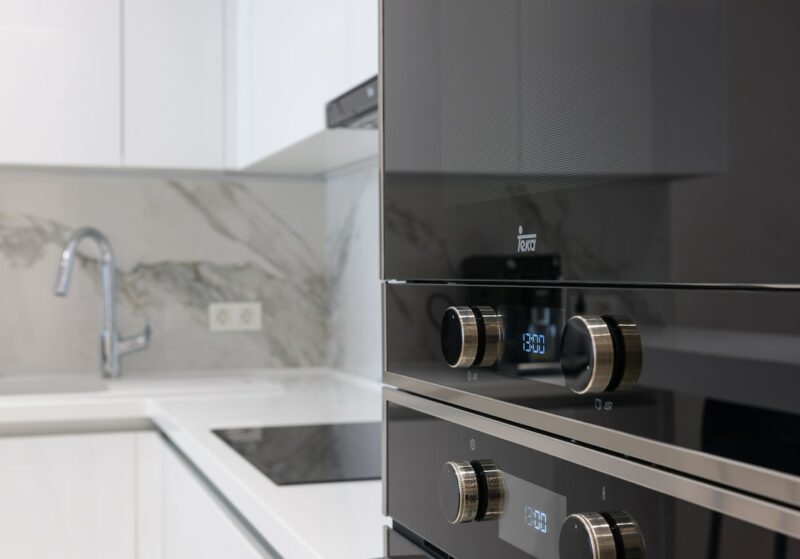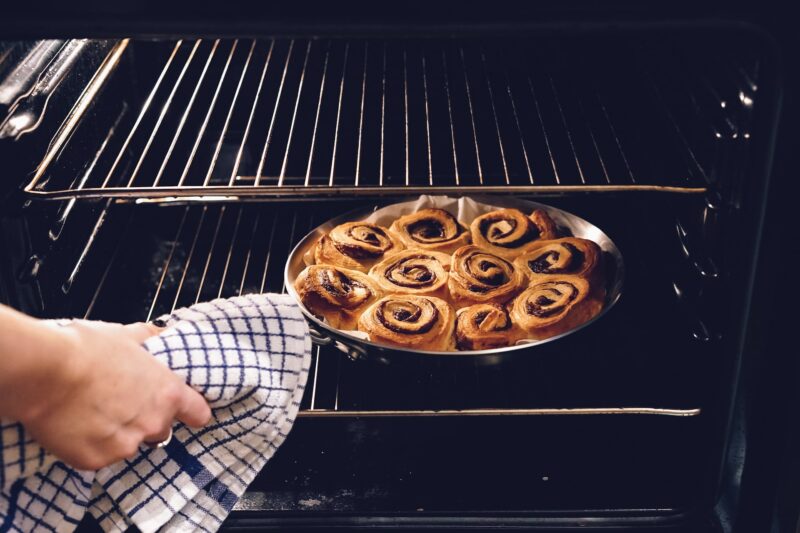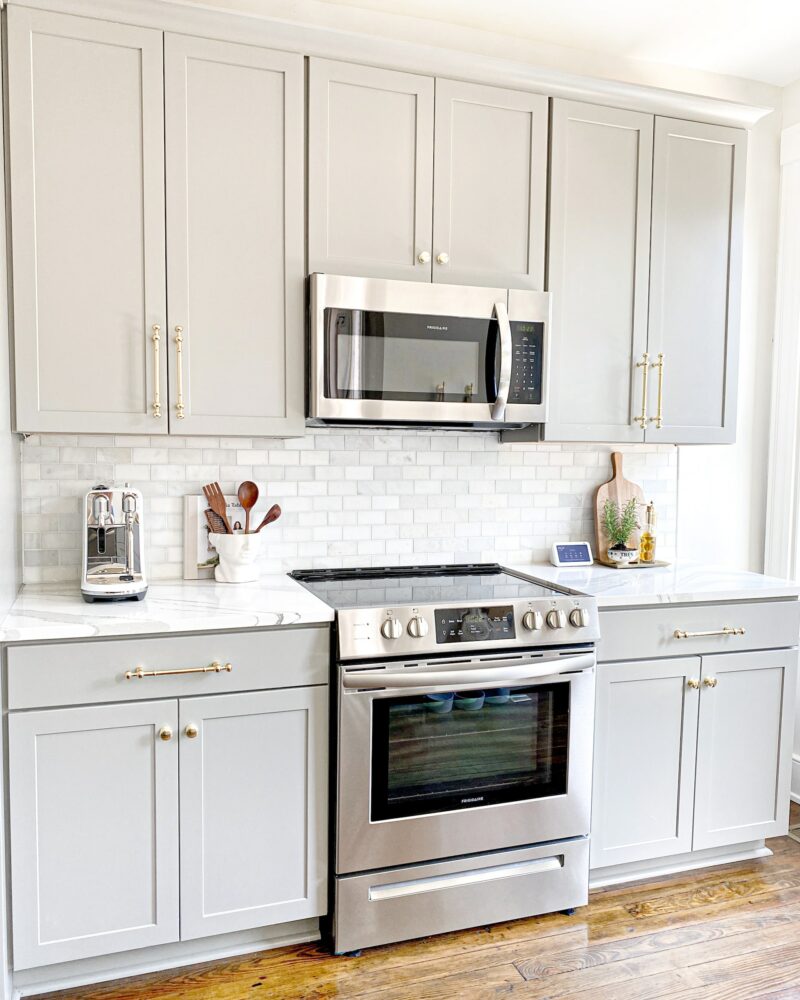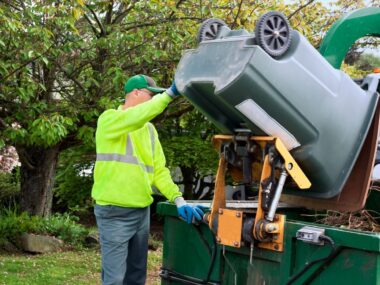It’s not recommended to leave stainless steel in the oven for extended periods of time, as it can cause the material to warp or discolor. If you must leave stainless steel in the oven for a prolonged period, make sure to monitor it closely so that it doesn’t overheat. Additionally, be sure to use oven gloves when handling hot stainless steel, as it can retain heat long after it’s been removed from the oven.
When you are finished cooking, do not forget to take your stainless steel pots and pans out of the oven! If you leave them in, the high temperature could cause them to discolor or even worse, rust. So be sure to always keep an eye on your cookware, and take it out when it is done!
Can You Put Stainless Steel in The Oven?
Yes, you can put stainless steel in the oven. However, it’s important to be aware of a few things before you do so. First, stainless steel can warp or discolor if it’s left in the oven for too long. Make sure to monitor it closely if you need to leave it in for an extended period of time. Additionally, be sure to use oven gloves when handling hot stainless steel, as it can retain heat long after it’s been removed from the oven.
Yes, you can put stainless steel in the oven. However, it’s important to be aware of a few things before you do so
You may have seen stainless steel cookware and wondered if you could put it in the oven. The truth is, most stainless steel pots and pans can be used in the oven. However, there are a few things to keep in mind when using them. In this blog post, we’ll tell you everything you need to know about using stainless steel cookware in the oven. We’ll also share some of our favorite recipes that use stainless steel pots and pans!
What is Stainless Steel and What Are Its Benefits?
Stainless steel is a type of metal that contains chromium, which makes it resistant to rust and corrosion. It’s a popular choice for cookware because it’s durable and easy to clean. Additionally, stainless steel doesn’t react with food, so it’s safe to use for cooking.
There are several benefits to using stainless steel cookware. First, it’s durable and easy to clean. Additionally, stainless steel doesn’t react with food, so it’s safe to use for cooking. Stainless steel is also a good choice if you’re looking for cookware that will last for years.
How to Clean Stainless Steel Without Streaks
Cleaning stainless steel can be tricky, as it’s prone to streaks and smudges. However, there are a few simple tips that you can follow to clean your stainless steel cookware without leaving any streaks behind. First, make sure to use a soft cloth or sponge when cleaning. Avoid using scrubbers or abrasive pads, as these can scratch the surface of your cookware. Additionally, be sure to use a mild soap or detergent when cleaning. If you’re having trouble removing tough stains, you can try using white vinegar or lemon juice.
The Way to Store Stainless Steel so it Doesn’t Get Scratched
Storing your stainless steel cookware properly will help to keep it in good condition and prevent it from getting scratched. When storing your pots and pans, make sure to nest them inside each other to avoid scratching the surface. Additionally, you can wrap them in a soft cloth or towel to further protect them from scratches. If you need to stack your cookware, be sure to use a non-abrasive separator in between each piece. Following these simple tips will help to keep your stainless steel cookware looking like new.
Cleaning stainless steel can be tricky, as it’s prone to streaks and smudges. However, there are a few simple tips that you can follow to clean your stainless steel cookware without leaving any streaks behind.
How to Remove Burned-on Food From Stainless Steel
If you’ve ever cooked with stainless steel, you know that it can be difficult to remove burned-on food. However, there are a few simple tricks that you can use to make the cleanup process a little easier. First, soak your pan in hot soapy water for a few minutes. This will help to loosen the burned-on food. Next, use a non-abrasive scrubber to remove the food. If you’re still having trouble, you can try using white vinegar or lemon juice. Finally, rinse your pan with hot water and dry it with a soft cloth.
Article Tags
the joker 1b tom robinson ellipticblog
support aidriven 130m spark capital
ada support aidriven 130m spark capital
